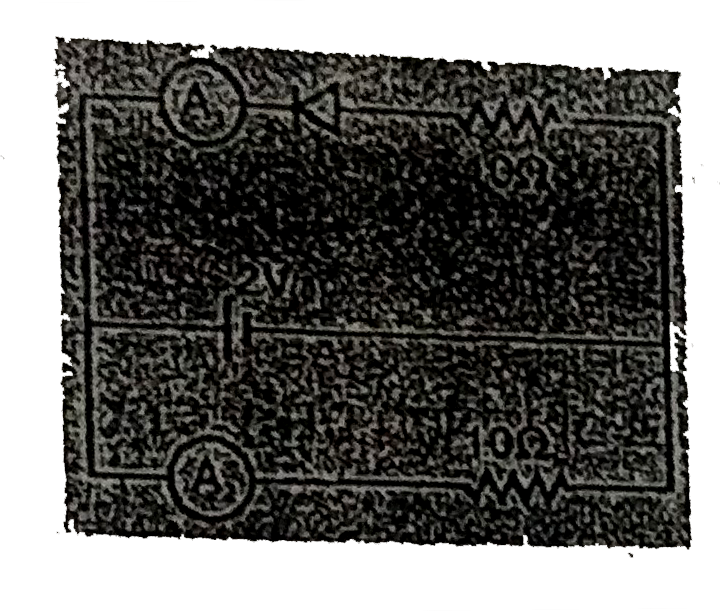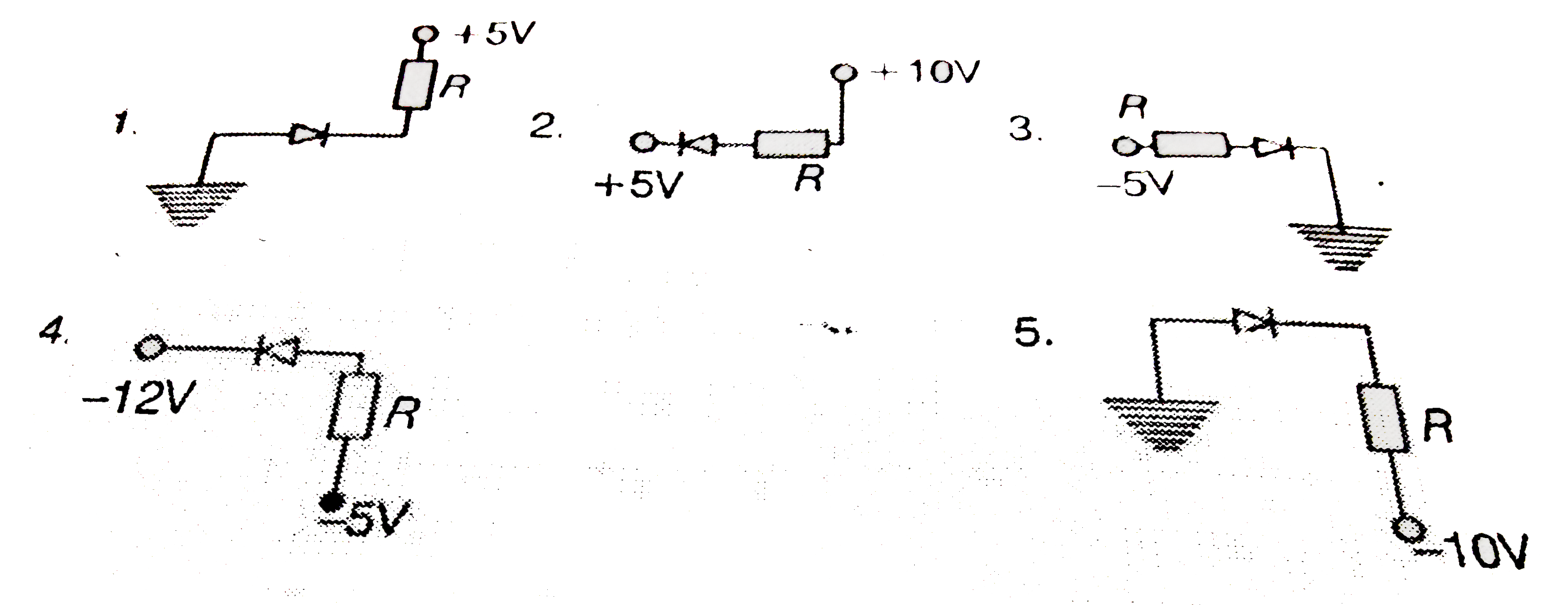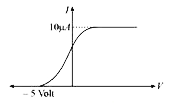Complete Solutions to Exercise of chapter PART TEST 6 of Class 11 book with complete answers and questions
| Class 11 | PHYSICS |
| Chapter | PART TEST 6 |
| RESONANCE | Exercise |
| Number Of Questions | 30 |
| Academic Year | 2023-24 |
A digital signal-
View SolutionIn amplitude modulation
View SolutionThe number of `alpha` and `beta^(-)` particles emitted during the radioactive decay chain starting from `overset(226)88` Ra and ending at `overset(206)82` Pb is
View SolutionFor a transistor `alpha=0.9` the value of `beta` is-
View SolutionIn a semiconductor,
View SolutionThe binding energies of the nuclei of `._2^4 He, ._3^7 Li, ._6^12 C` and `._7^14 N` are 28, 52, 90, 98 MeV respectively. Which of these is most stable.
View SolutionIf we assume that perptraing power of any radiation/particle is inversely proportional to its de-Broglie wavelength of the particle then:
View SolutionA heavy nucleus having mass number 200 gets disintegrated into smaller fragments of mass number 80 and 120 . If binding energy per nucleon for parent atom is 6.5 eV and for daughter nuclei are 7 eV and 8 eV respectively and the energy released in the decay is given by `"X"xx10^5eV` , then X will be
View SolutionIn the following circuit readings in ammeters `A_1` and `A_2` will be -

View SolutionIn the given figure, which of the diodes are forward biased?

View SolutionThe graph between photo electric current and cathode potential when the anode is kept at zero potential, for light of two different intensities out of the same frequency looks like the one:
View SolutionFor a pure semiconductor energy band shown at 0K choose correct option:

View SolutionPhoto electric effect can be explained only by assuming that light
A. is a form of transverse waves
B..is a form of longitudnal waves
C..can be polarised
D. consists of quanta
View SolutionLight of two different frequencies whose photons have energies 1 eV and 2.5 eV respectively illuminate a metallic surface whose work function is 0.5 eV successively. The ratio of maximum speed of emitted elections will be
View SolutionIn an interference pattern the `(n+4)^(th)` blue bright fringe and `n^(th)` red bright fringe are formed at the same spot. If red and blue light have the wavelength of `7800Å` and `5200 Å` then value of n should be-
View SolutionA particle of mass m is projected form ground with velocity u making angle `theta` with the vertical. The de Broglie wavelength of the particle at the highest point is
View SolutionWhen a metallic surface is illuminated with monochromatic light of wavelength `lambda`, the stopping potential is `5V_0`. When the same surface is iluminated with light of wavelength `3lambda`, the stopping potential is `V_0`. The work function of the metallic surface is
View SolutionLight of wavelength 400 nm is incident continuously on a caesium ball ( work function 1.9 eV ). The maximum potential to which the ball will be charged is
View SolutionThe Rutherford `alpha`-particle experiment shown that most of the `alpha`-particles pass through almost unscattered while some are scattered through large angles. What infromation does it given about the structure of the atom ?
View SolutionWhich one of the following graphs in figure shows the variation of photoelectric current `(I)` with voltage `(V)` between the electrodes in a photoelectric cell?
View SolutionTwo electrons starting from rest are accelerated by equal potential difference
View SolutionLet `m_p` be the mass of a proton , `m_n` the mass of a neutron, `M_1` the mass of a `._10^20Ne` nucleus and `M_2` the mass of a `._20^40Ca` nucleus . Then
View SolutionIn the photoelectric experiment, if we use a monochromatic light, the I – V curve is as shown. If work function of the metal is 2 eV, estimate the power of light used. (Assume efficiency of photo emission `=10^(-3)` i.e. number of photoelectrons emitted are `10^(-3)` times of number of photons incident on metal).

View SolutionIn a photoelectric effect experiment, stopping potential changes by 30Volt if we change frequency of the radiation. The magntude of change in the frequency is `( h =6 xx 10^(-34) Js` )
View SolutionThe photon radiated from hydrogen corresponding to `2^(nd)` line of Lyman series is absorbed by a hydrogen like atom 'X' in `2^(nd)` excited state. As a result the hydrogen like atom 'X' makes a transition to `n^(th)` orbit. Then,
View SolutionAn electron of mass m when accelerated through a potential difference V, has de Broglie wavelength `lambda`. The de Broglie wavelength associated with a proton of mass M accelerated through the same potential difference, will be
View SolutionA photon of energy 12.09 eV is absorbed by an electron in ground state of a hydrogen atoms. What will be the energy level of electron ? The energy of electron in the ground state of hydrogen atom is -13.6 eV
View SolutionWhat percentage increase in wavelength leads to `75%` loss of photon energy in a photon-electron collision?
View SolutionStatement 1: Though light of a single frequency (monochromatic light) is incident on a metal, the kinetic energies of emitted photoelectrons are not equal. Statement 2: The energy of electrons just after they absorb photons incident on metal surface may be lost in collision with other atoms in the metal before the electron is ejected out of the metal.
View SolutionStaements I: `._zX^A` undergoes `2 alpha`-decays, `2 beta`-decays (negative `beta`) and `2 gamma`-decays. As a result, the daughter product is `._z._-2X^(A-8)`.
Staements II: In `alpha`-decay, the mass number decreases by 4 unit and atomic number decreases by `2` unit. In `beta`-decay (negative `beta`), the mass number remains unchanged and atomic number increases by `1` unit. In `gamma`-decay, mass number and atomic number remain unchanged.
View Solution
Exercise questions and complete solutions for chapter PART TEST 6 of RESONANCE ENGLISH of Class 11